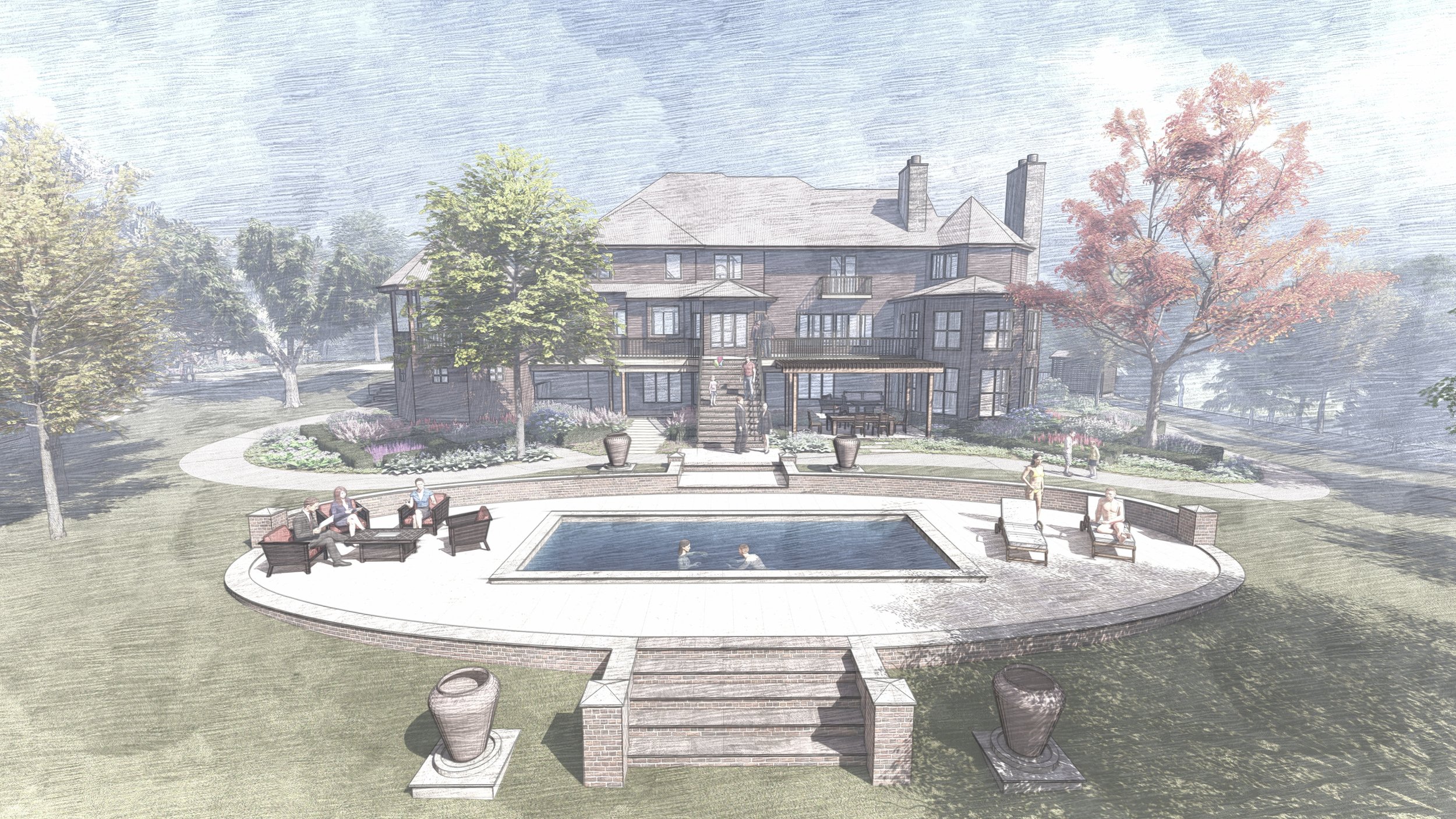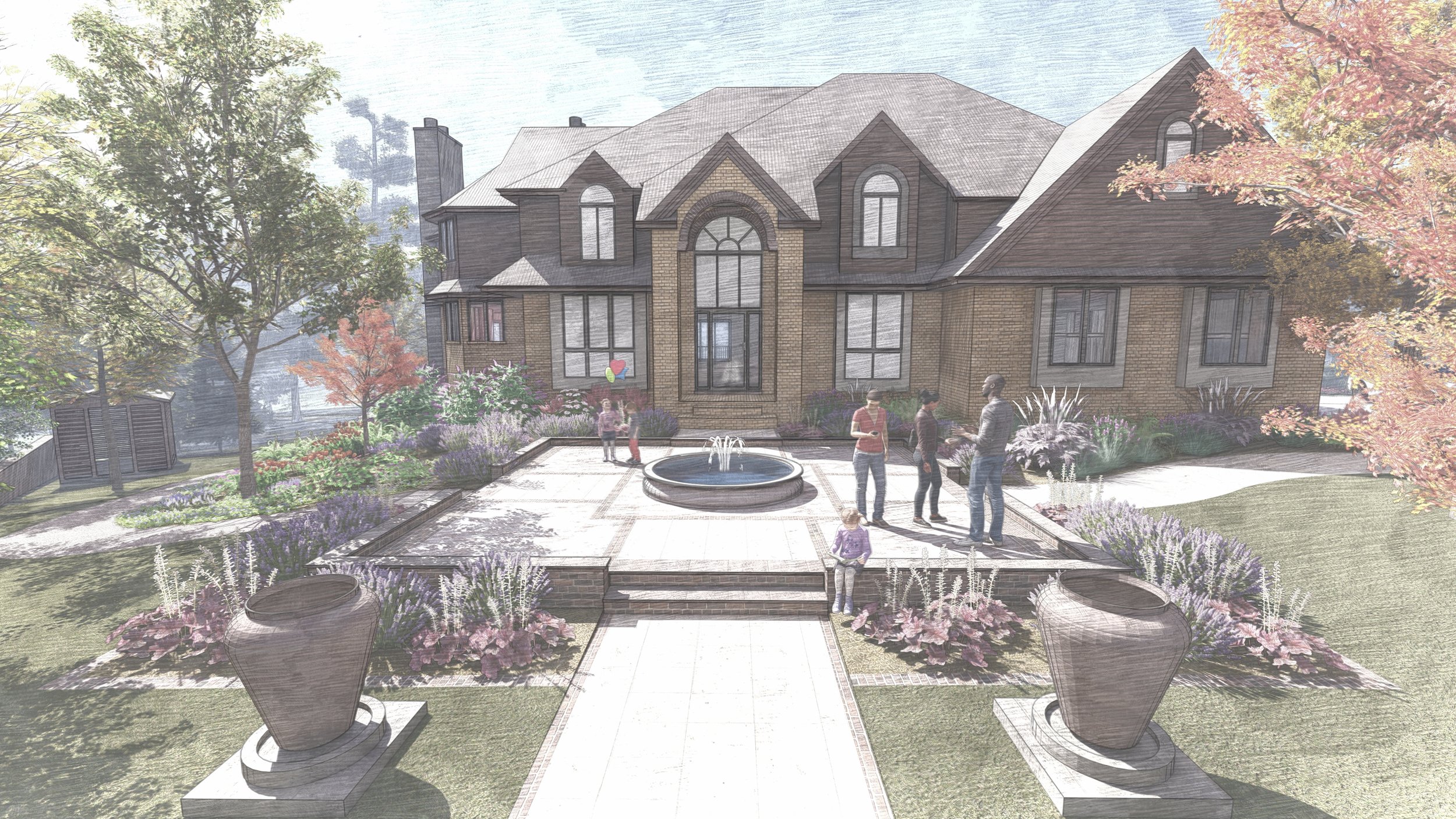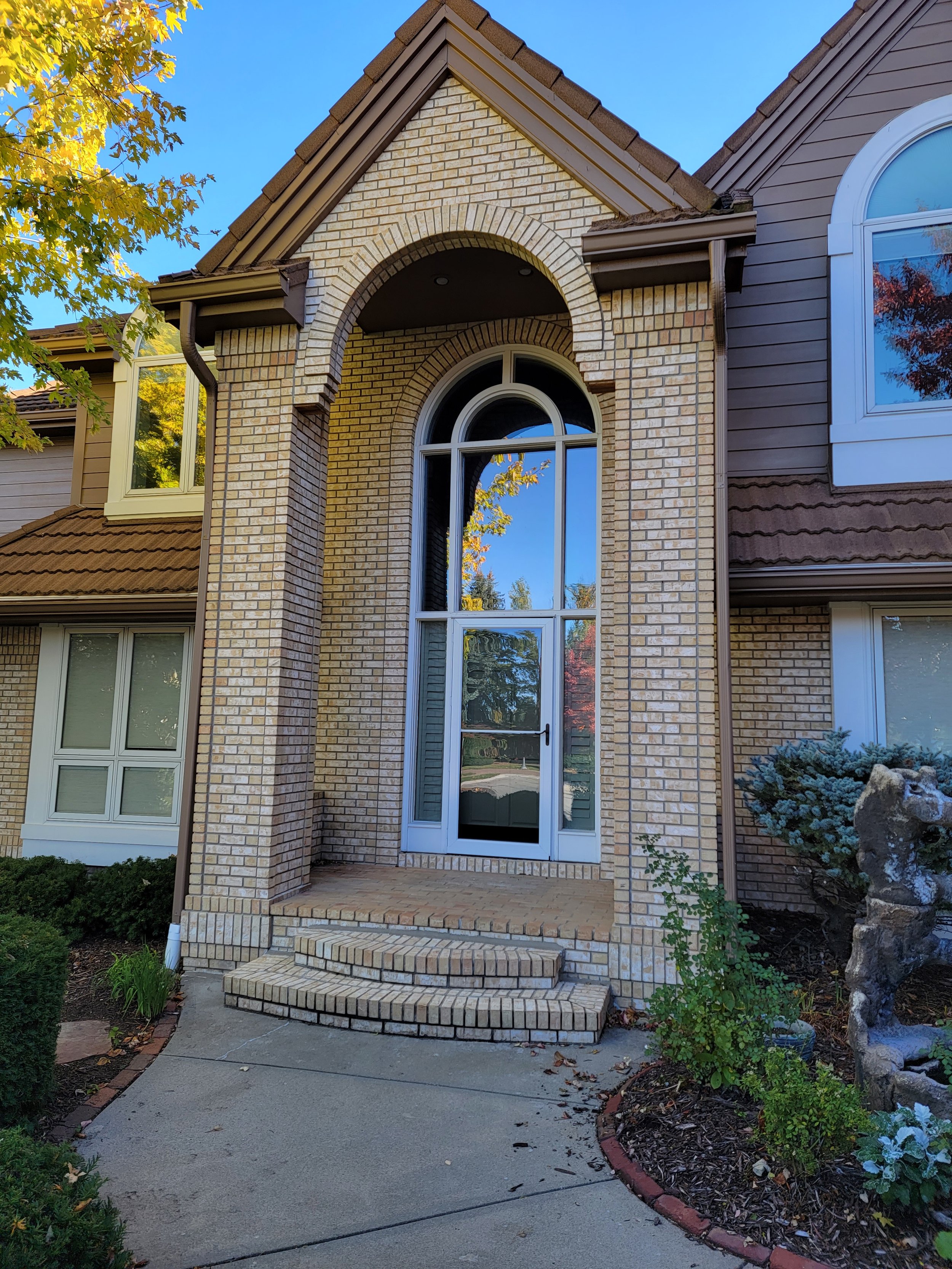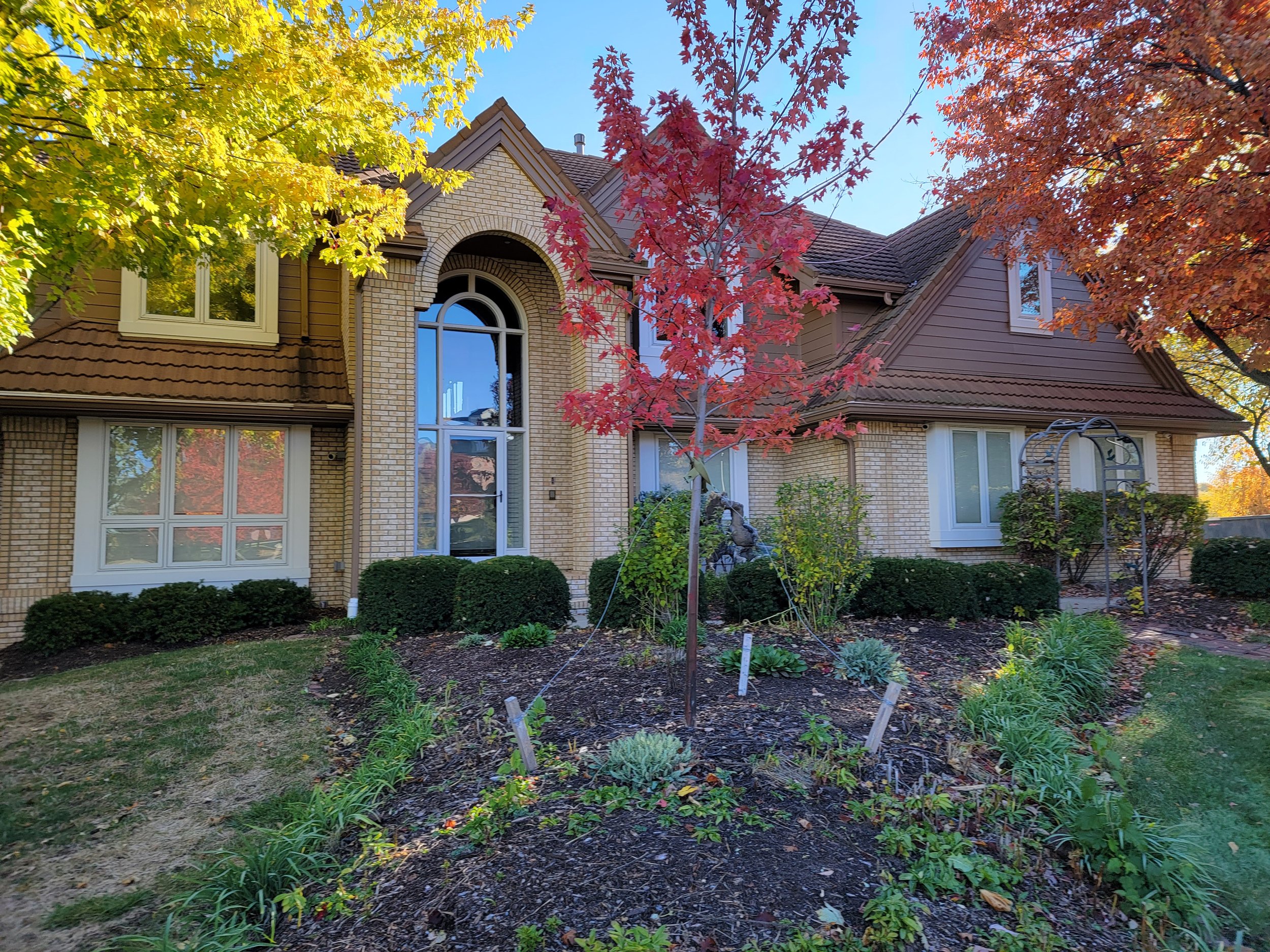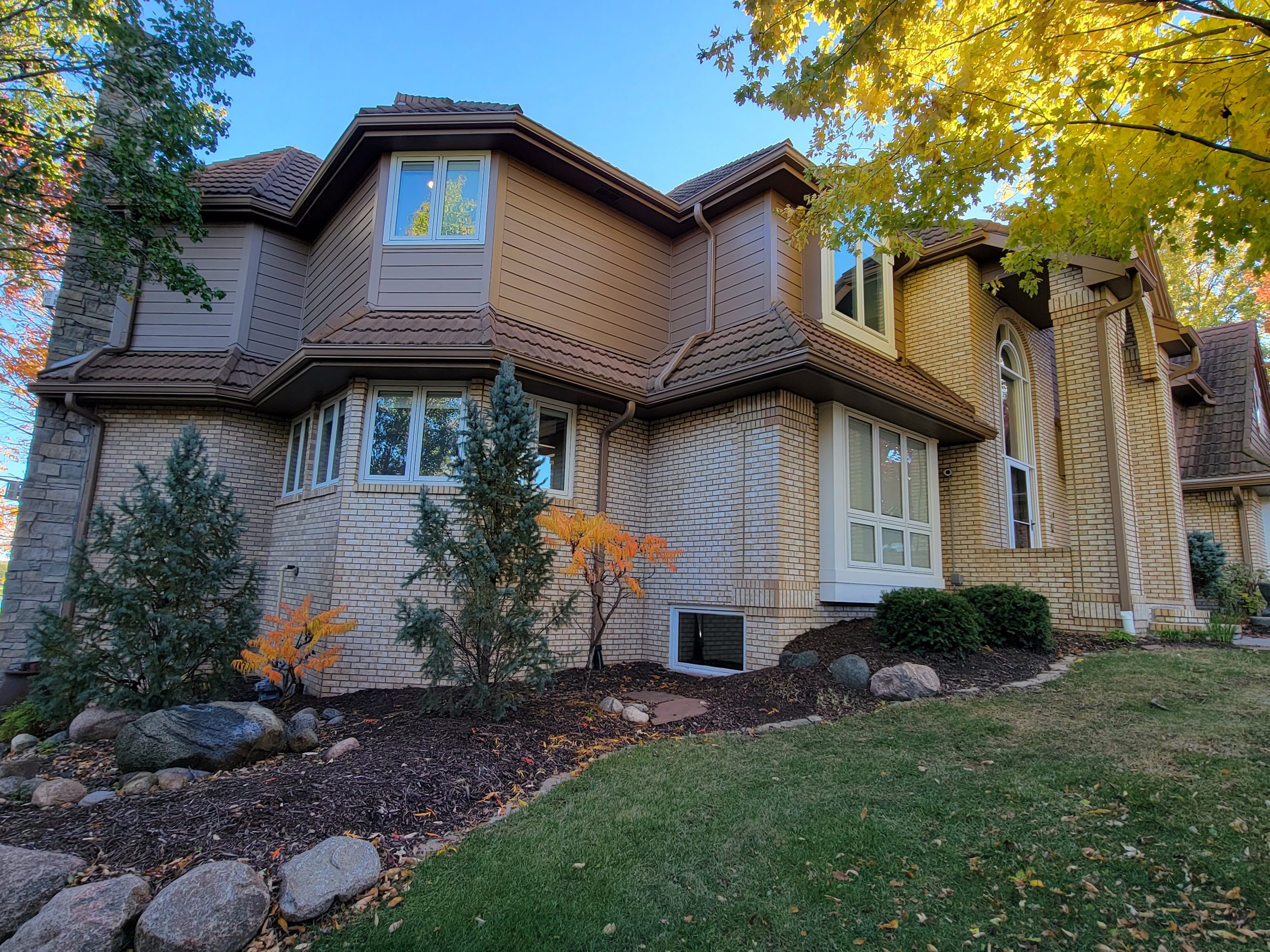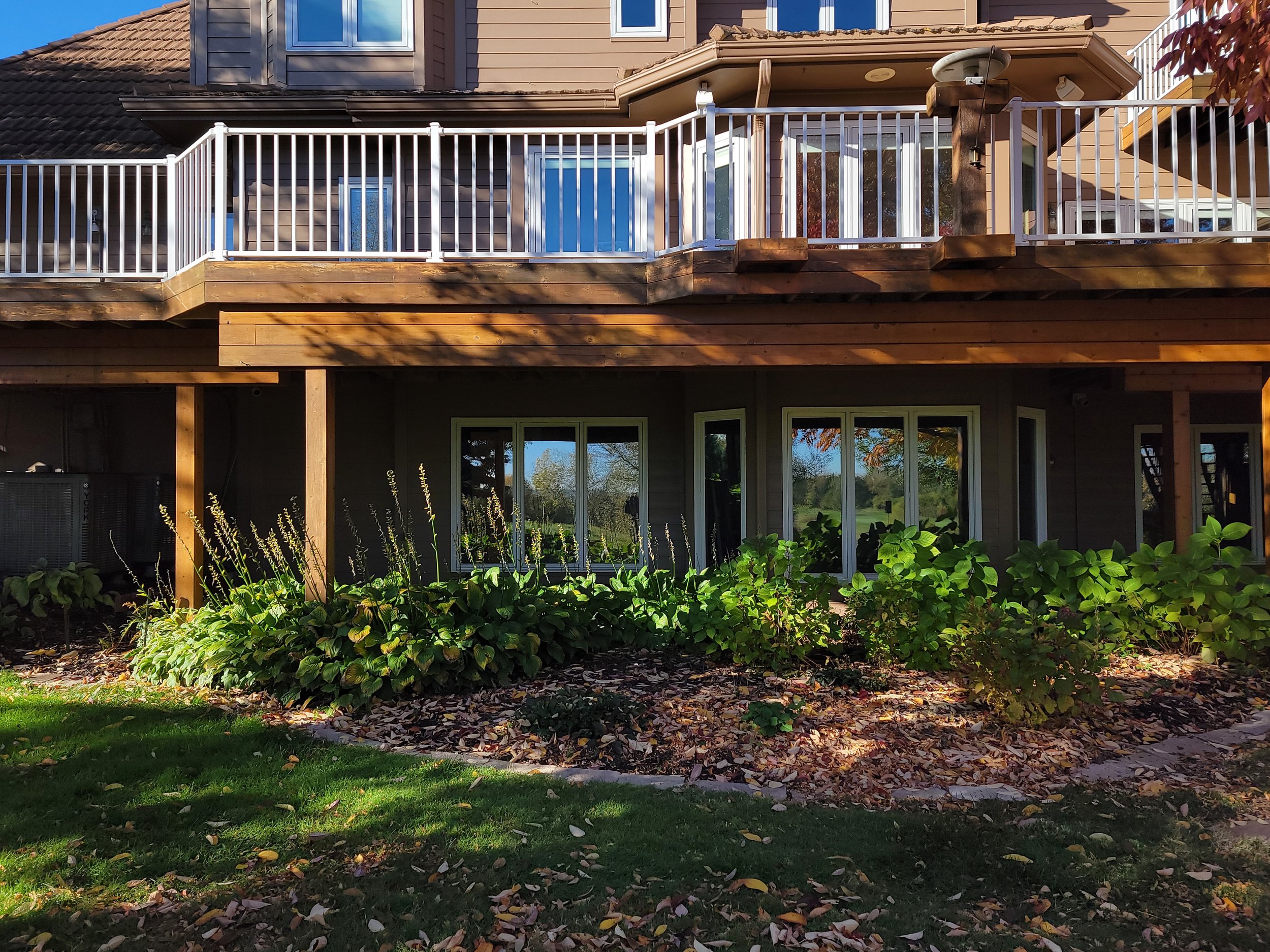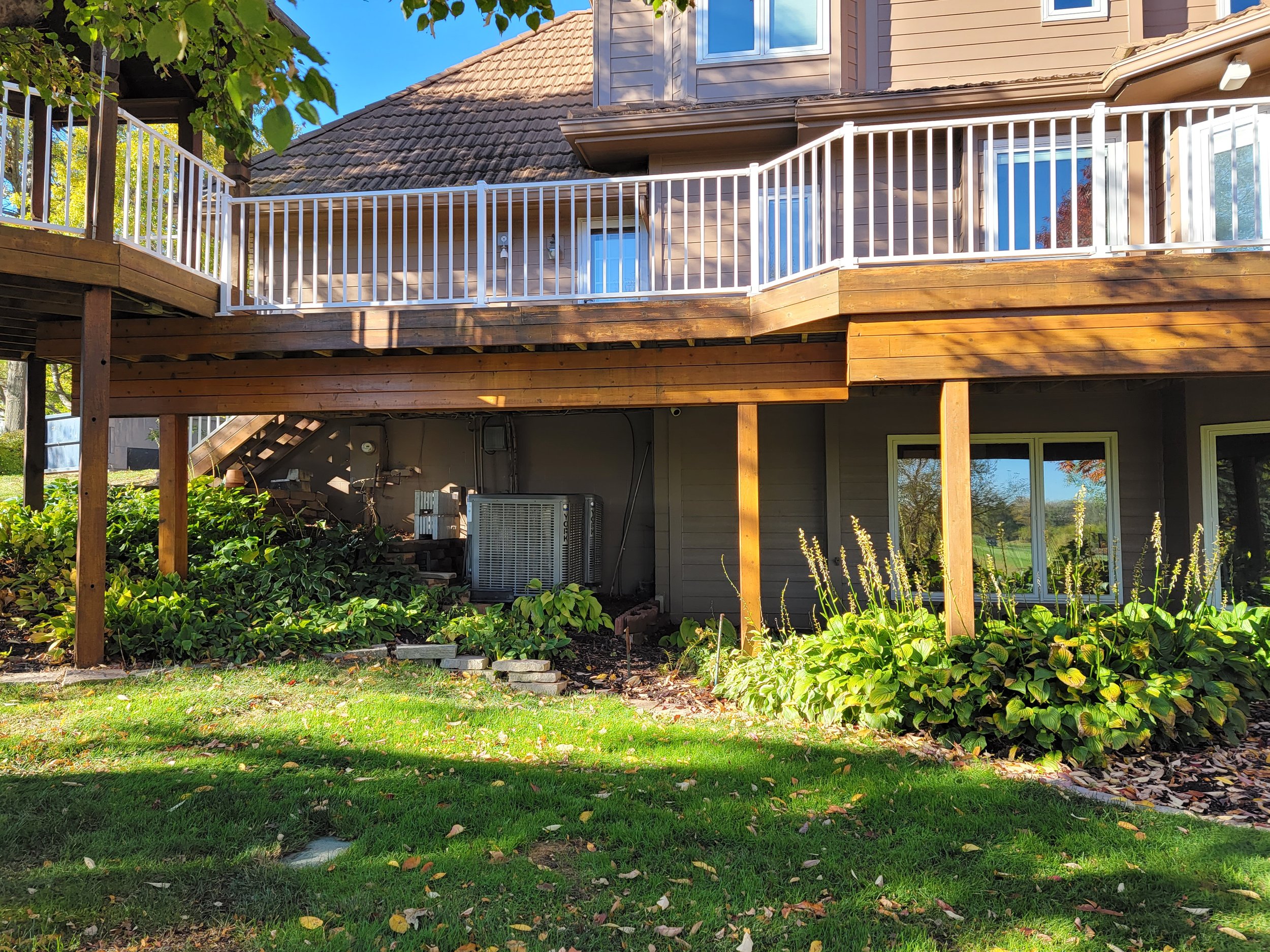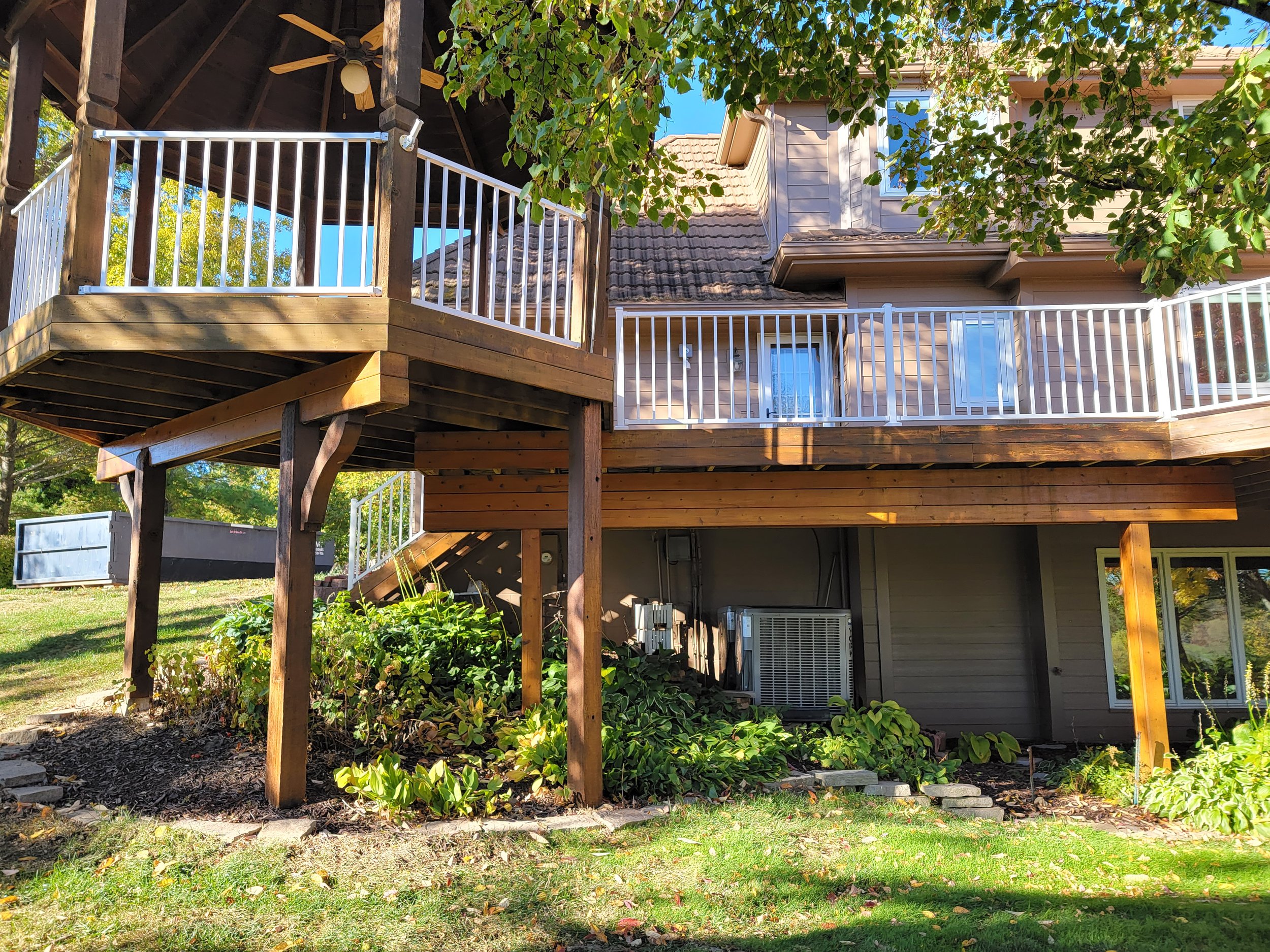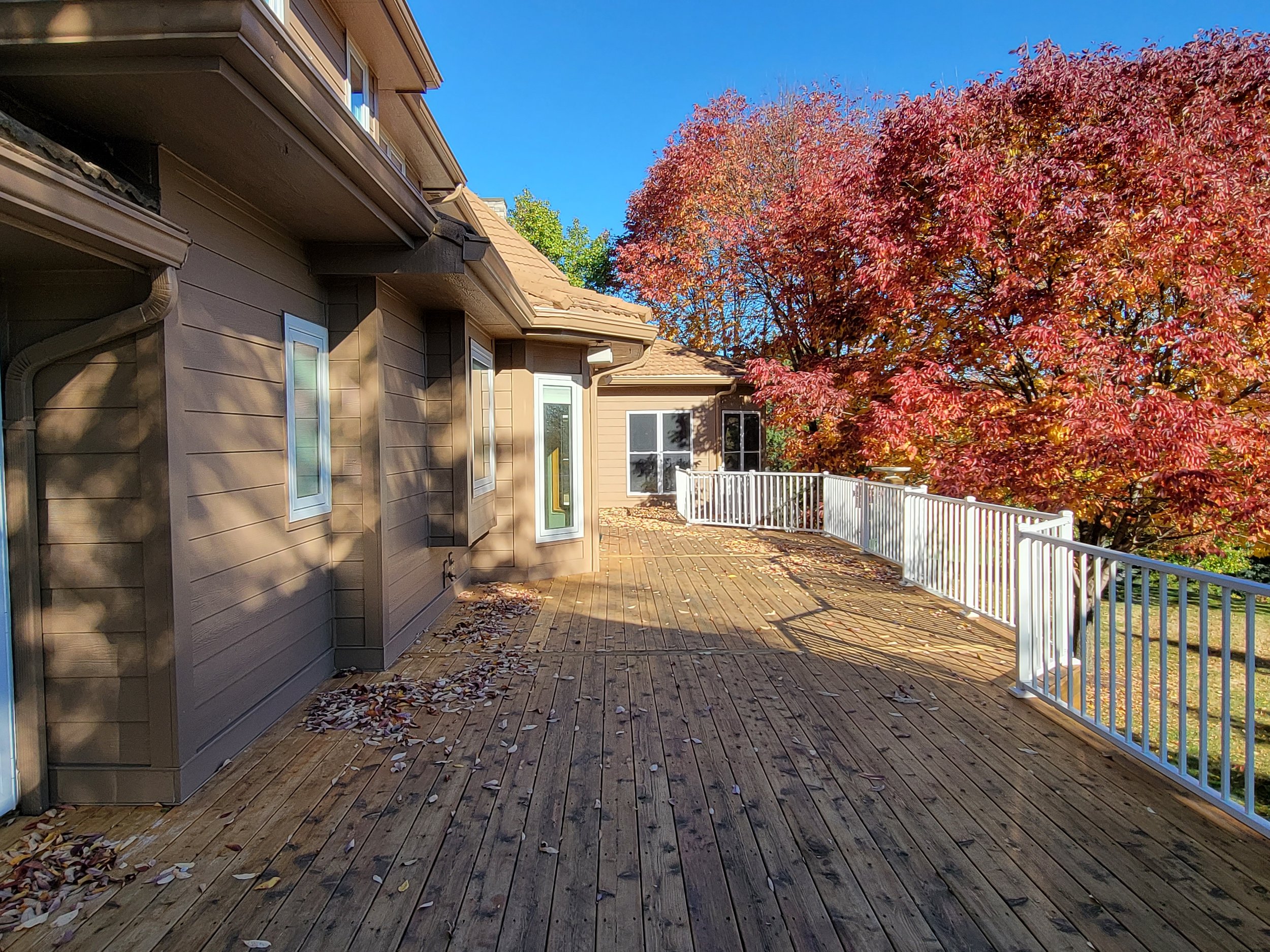Post-Classicism in Transition to Modernism. Omaha, Nebraska
Post-Classicism Garden Design in transition to Modernism
The formal garden was introduced to the Western world during the Greek Hellenic period. Many of these landscapes included water elements as well. Potted plants flanked the concrete garden walks, an adaptation of Persian gardens that thrived in the parched Greek landscape.
The Greek Style was taken by the Romans and evolved further, with the classical landscaping idea being exported across Europe. Large public parks were constructed by the Romans for both contemplation and pleasure. These gardens, like the Greeks', had fruit trees and shrubs.
Pergolas provide utilitarian as well as aesthetic purposes. They serve as focal points, provide vertical planes above patios and pathways, provide support for climbers and vines, and provide a sitting and shade area. They serve as an essential feature in classical garden design. LASD made sure to incorporate a pergola that houses an outdoor dining space, keeping the outdoors and indoors connected; a feature that speaks of modernist garden design.
Water elements became quite popular in Italian Renaissance neoclassical gardens. They accomplish a number of goals, including creating a ground plane, reflecting the garden, and offering visual and auditory pleasure. We can see water features on both, the front and back of the house. A small round pool in the entrance space and on the back, we have a rectangular pool on an oval-shaped platform, breaking the rigidity of forms as in modernist garden design.
Modernist gardens are generally dominated by items such as swimming pools, barbecues, and outdoor eating spaces, and their design is usually tied to the function of the garden. The home and garden generally have a strong aesthetic and functional link. In authentic Modernist gardens, there is often little adornment, simplistic details, and a lack of rigidity or a focal axis.
Kenneth Lynch moved to Europe, notably Rome, in the 1950s to begin collecting and manufacturing a variety of garden decorations, with a focus on car Italian Limestone. His objective was to create fountain designs with a variety of smaller parts that could be readily replicated and moved. It was his plan to introduce the wonderful workmanship of hand-carved statues more accessible to the general population in the United States by presenting the objects in a less costly material.
Earlier Modernist designs favored a layout that was fluid, flexible, and spontaneous, with a minimal lack of detail. The severely linear masonry and decking grid pattern and the curved lines of the garden margins and kidney-shaped pool with an abstract island sculpture form the garden's center synthesis. Kidney forms were particularly fashionable in America during the 1940s, and they could be seen in anything from Surrealist painters' biomorphic imagery to coffee tables. The Cubist theory that a scene might be observed concurrently from a multiplicity of angles inspired the garden's space, form, view manipulation, and overlapping planes.
Like modern architecture, modern gardens are concerned with the creation of space, or volume. Modernist garden makers are concerned with the spaces around and connecting to the home, and use trees, shrubs, and structures to delineate them. Perhaps more than any other aspect of modernism, the emphasis on spatial volume changed the nature of landscape design. Contemporary gardens, like modern architecture, are concerned with the development of volume, or space. Modernist garden designers are interested in the areas around and linking to the home, and they utilize trees, bushes, and buildings to define them. The attention on spatial volume impacted the character of landscape design more than any other feature of modernism.
The project designed by LASD also follows the genius loci which generally refers to a location's unique ambiance. Several early modernist landscape architects’ designs reflect sensitivity to the region's climate, geography, and vegetation. Furthermore, the garden implies a relaxed way of living. Thanks to the architects' and designers' adaptable use of imaginative materials, current building processes, and new technology.
Gardens Are for People (1955), a book by Church, promotes a pragmatic design philosophy that has permanently altered how we think about residential landscapes. Church thought that gardens were a natural extension of the home and should be created with the requirements of the homeowner in mind, ushering in the modern notion of outdoor rooms and outdoor living.
The sculptural shapes of plants were emphasized in modernist gardens as they became features used to define space. Simultaneously, a low-maintenance strategy that prioritizes shape and texture over flower display has gained popularity and is still growing today. Urns and planters serve as focal points and assist to brighten them up. They can be representational or abstract, and they can be expensive antiques or inexpensively made from architectural salvage, found objects, and even driftwood. Here, the garden is not overcrowded as there was attention to detail including positioning, scale, and relation to the surroundings.
Post-Classicism in transition to Modernism. 3D visualisation.
EXISITNG CONDITION
LASD Studio works across garden design, landscape architecture, urban design, and regional landscape design. Our goal is to live in balance with nature. With landscape design, we have to close the cycle of clean water, fresh air, ready to plant soil, and other vital resources for the next generation.
Our landscape, ecology, civilization, and the future of the planet are at risk. We aim to create, shape, and restore the landscape and urban environments for the sustainable continuation of life on our planet. Our goal is to live in balance with nature and provide clean water, air, soil resources for the next generation.
We cannot achieve our goal alone. Whether you are an individual, commercial business, an NGO, or governmental institution, you are welcome to join our mission.
LASD studio: Landscape Architecture, Sustainability & Design
’Your Bridge to Nature’

